From Nabulsi to Shtayyeh: Which Side is the PA On?
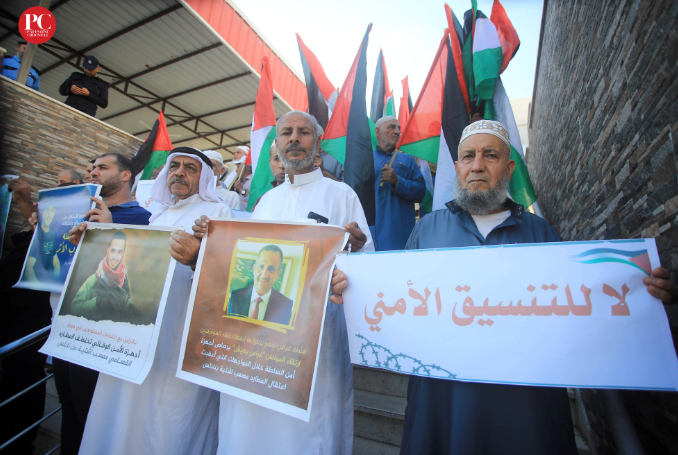
Representatives of major Palestinian clans and tribes demand the immediate release of Shtayyeh. (Photo: Mahmoud Ajjour, The Palestine Chronicle)
By Ramzy Baroud
The arrest of a prominent Palestinian activist, Musab Shtayyeh, and another Palestinian activist, by Palestinian Authority police on September 20 was not the first time that the notorious PA’s Preventive Security Service (PSS) has arrested a Palestinian who is wanted by Israel.
PSS is largely linked to the routine arrests and torture of anti-Israeli occupation activists. Several Palestinians have died in the past as a result of PSS violence, the latest being Nizar Banat who was tortured to death on June 24, 2021. The killing of Banat ignited a popular revolt against the PA throughout Palestine.
For years, various Palestinian and international human rights groups have criticized the PA’s violent practices against dissenting Palestinian voices, quite often within the same human rights reports critical of the Israeli military occupation of Palestine. The Hamas government in Gaza, too, has its fair share of blame.
In its January 2022 World Report, Human Rights Watch said that “the Palestinian Authority (PA) manages affairs in parts of the West Bank, where it systematically arrests arbitrarily and tortures dissidents.” This was neither the first nor the last time that a human rights group made such an accusation.
The link between Israeli and Palestinian violence targeting political dissidents and activists is equally clear to most Palestinians.
Some Palestinians may have believed, at one point, that the PA’s role is to serve as a transition between their national liberation project and full independence and sovereignty on the ground. Nearly thirty years after the formation of the PA, such a notion has proved to be wishful thinking. Not only did the PA fail at achieving the coveted Palestinian State, but it has morphed into a massively corrupt apparatus whose existence largely serves a small class of Palestinian politicians and business people – and, in the case of Palestine, it is always the same group.
PA corruption and subsequent violence aside, what continues to irk most Palestinians is that the PA, with time, became another manifestation of the Israeli occupation, curtailing Palestinian freedom of expression and carrying out arrests on behalf of the Israeli army. Sadly, many of those arrested by the Israeli military in the West Bank have experienced arrest by PA goons, too.
Scenes of violent riots in the city of Nablus following Shtayyeh’s arrest were reminiscent of the riots against Israeli occupation forces in the northern West Bank city or elsewhere in occupied Palestine. Unlike previous confrontations between Palestinians and PA police – for example, following the killing of Banat – this time, the violence was widespread, and involved protesters from all Palestinian political groups, including the ruling Fatah faction.
Perhaps unaware of the massive collective psychological shift that took place in Palestine in recent years, the PA government was desperate to contain the violence.
Subsequently, a committee that represents united Palestinian factions in Nablus declared on September 21 that it has reached a ‘truce’ with PA security forces in the city. The committee, which includes prominent Palestinian figures, told the Associated Press and other media that the agreement restricts any future arrests of Palestinians in Nablus to the condition that the individual must be implicated in breaking Palestinian, not Israeli, law. That provision alone implies a tacit admission by the PA that the arrest of Shtayyeh and Ameed Tbaileh was motivated by an Israeli, not a Palestinian agenda.
But why would the PA quickly concede to pressure coming from the Palestinian street?
The answer lies in the changing political mood in Palestine.
First, it must be stated that resentment of the PA has been brewing for years. One opinion poll after another has indicatedthe low regard that most Palestinians have of their leadership, of PA President Mahmoud Abbas and particularly of the ‘security coordination’ with Israel.
Second, the torture and death of political dissident Banat, last year, has erased whatever patience Palestinians had towards their leadership, demonstrating to them that the PA is not an ally but a threat.
Third, the Unity Intifada of May 2021 has emboldened many segments of Palestinian society throughout occupied Palestine. For the first time in years, Palestinians have felt united around a single slogan and are no longer hostage to the geography of politics and factions. A new generation of young Palestinians has advanced the conversation beyond Abbas, the PA and their endless and ineffectual political rhetoric.
Fourth, armed struggle in the West Bank has been growing so rapidly that the Israeli army Chief of Staff, Aviv Kochavi, claimed on September 6 that, since March, around 1,500 Palestinians have been arrested in the West Bank and that, allegedly, hundreds of attacks against the Israeli military have been thwarted.
In fact, evidence of an armed Intifada is growing in the Jenin and Nablus regions. What is particularly interesting, and alarming, from the Israeli and PA viewpoint, about the nature of the budding armed struggle phenomenon, is that it is largely led by the military wing of the ruling Fatah party, in direct cooperation with Hamas and other Islamic and national military wings.
For example, on August 9, the Israeli army assassinated Ibrahim al-Nabulsi, a prominent Fatah military commander, along with two others. Not only, did the PA do little to stop the Israeli military machine from conducting more such assassinations, six weeks later, it arrested Shtayyeh, a close comrade of Nabulsi.
Interestingly, Shtayyeh is not a member of Fatah, but a commander within the Hamas military wing, Al-Qassam. Though Fatah and Hamas are meant to be intense political rivals, their political tussle seems to be of no relevance to military groups in the West Bank.
Unfortunately, more violence is likely to follow, for several reasons: Israel’s determination to crush any armed Intifada in the West Bank before it is widespread across the occupied territories, the looming leadership transition within the PA due to Abbas’s old age, and the growing unity among Palestinians around the issue of resistance.
While the Israeli response to all of this can easily be gleaned from its legacy of violence, the PA’s future course of action will likely determine its relationship with Israel and its western supporters, on the one hand, and with the Palestinian people, on the other. Which side will the PA choose?
– Dr. Ramzy Baroud is a journalist, author and the Editor of The Palestine Chronicle. He is the author of six books. His latest book, co-edited with Ilan Pappé, is ‘Our Vision for Liberation: Engaged Palestinian Leaders and Intellectuals Speak out’. His other books include ‘My Father was a Freedom Fighter’ and ‘The Last Earth’. Baroud is a Non-resident Senior Research Fellow at the Center for Islam and Global Affairs (CIGA). His website is www.ramzybaroud.net



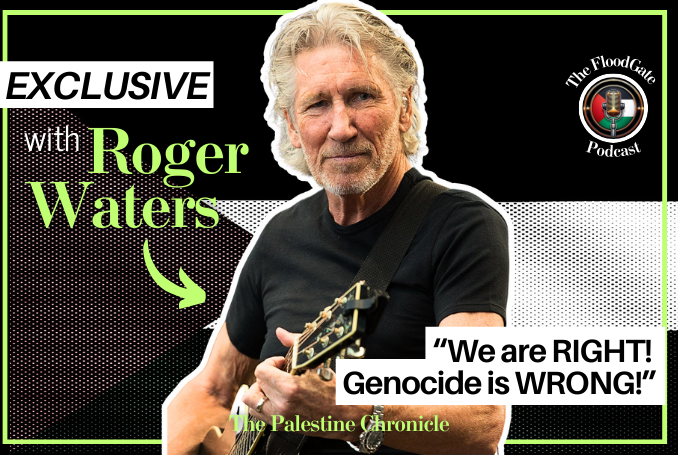

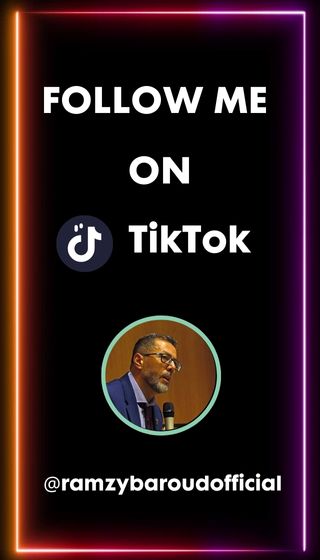
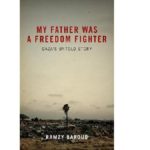

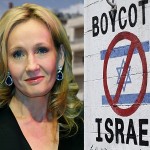

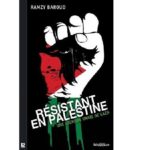
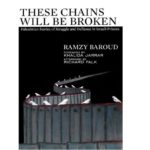

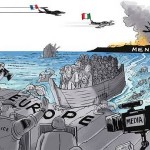

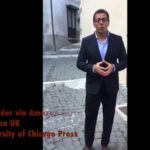

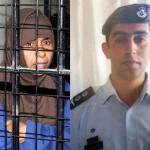
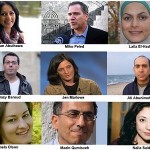
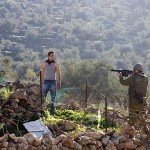
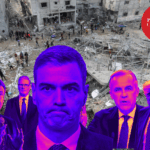
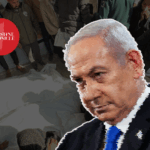
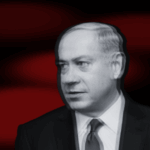
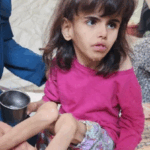
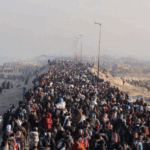
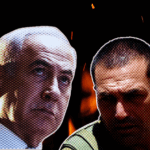
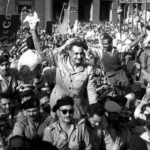
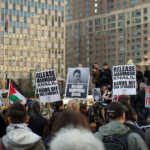
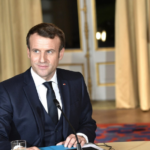
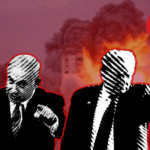
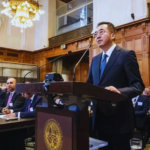
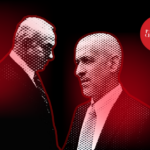


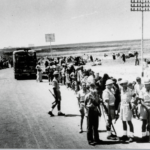

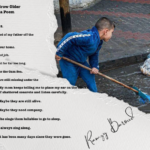

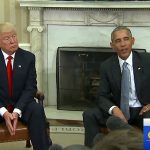

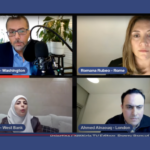
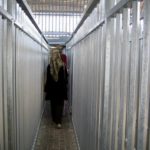
0 Comments